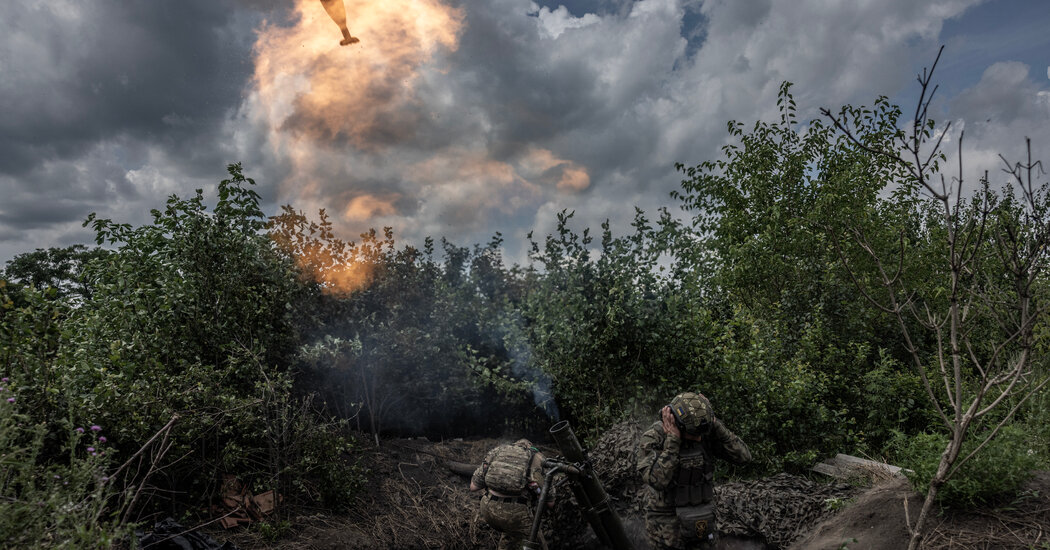- cross-posted to:
- Ukraine_UA@kbin.social
- cross-posted to:
- Ukraine_UA@kbin.social
I mean, US army does not really have recent experience in this intensity of combat, right? Huge frontlines and trench combat is much more suited to big-units mindset of the Soviet doctrine… at least that is how I see it.
Let me preface this that I didn’t read the article due to the paywall. Now my answer: Not really. Soviet doctrine is really just a Zerg rush supported by artillery, it’s rather stupid in terms of tactics. Coordination between different arms is only minimal: “we bomb then you go, if you die we try to bomb from where they shot you.”
NATO doctrine is to out maneuver the enemy, which is really hard to learn as many branches of your army have to closely interact with each other to raise the pressure to a maximum. Timing is key, as is fast movement. Units have to trust each other to perfectly time each action. It has to be perfectly planned. Ukraine has to learn these on the go and also didn’t have the forces to keep up the pressure while preparing their counter offensive. This gave the Russians months to prepare their defenses. Ukraine doesn’t have air superiority to fuck up the observers and manning of these trenches & minefields, so they try to achieve the same with cluster munitions. In principle that could work, but it works best if well coordinated: a German general visiting Ukrainian front lines a few days ago complained about bad coordination, that Ukraine shoots a salvo of artillery, effectively warning where an attack is about to happen and then takes too long to execute the follow up attack. You want the enemy to be scared and keeping their heads down while you rush their trench. That doesn’t work if there are ten minutes between artillery strike and infantry attack. And the coordination to reduce this time is the hard part.
I agree with most of your points, but feel compelled to point out that much of this is theoretical for NATO. The Alliance has never fought an peer enemy, and it has little prospects to do it. Ukrainians lack some of the building blocks of NATO strategy, such as the air force you pointed out. Furthermore, there is nowhere to maneuver - its extremely static. It’s much more WW1 than Iraq
Yes, NATO tactics haven’t been proven against a peer enemy, but I would argue neither did the Soviet tactics, this war can hardly be seen as a show of force over a “peer enemy”. And NATO advisors saying “if there is a minefield, go around it” if they are continuous for many miles is naive to say the least. But my armchair general spidy sense tells me the static nature of the battlefield and allowing the creation of these minefields are both a consequence of Soviet tactics, not the other way around.
That is completely fair. I also hope you are right since that means more training will be the key to victory
Слава Україні Brother
Didn’t they use these tactics with more success in the beginning? Why did they fall back to this model?
Because of the huge minefields and the lack of attack aircraft: https://www.washingtonpost.com/world/2023/07/15/ukraine-war-russia-mines-counteroffensive/


